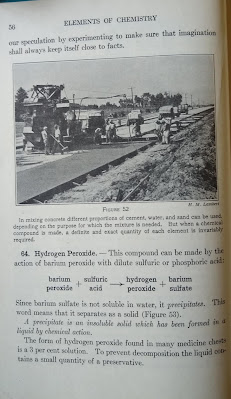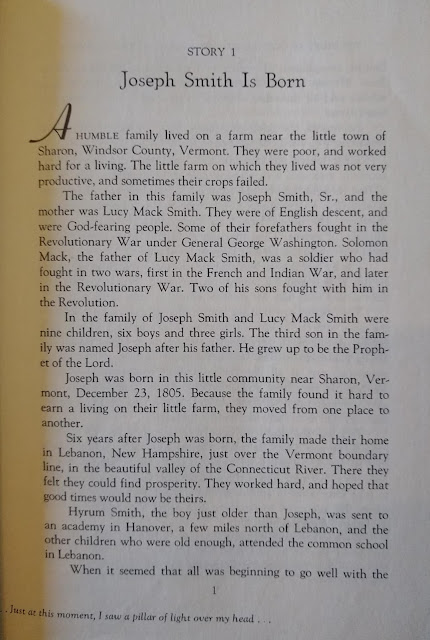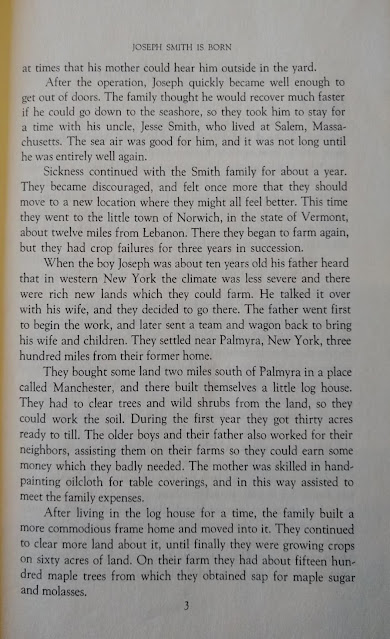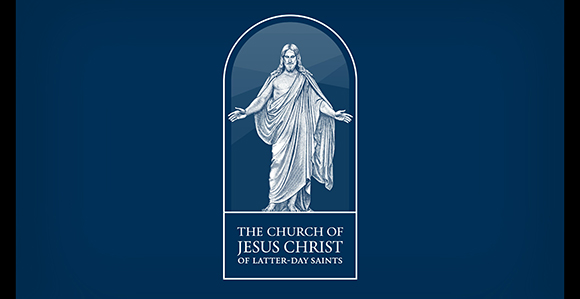My daughter was asking how the Book of Mormon and Doctrine and Covenants got divided into verses recently.
The Doctrine and Covenants is a compilation of revelations received separately, so it did not have to be divided into chapters. The revelations, called "sections," did get divided into verses later, but I was unable to find out who did that division.
The Book of Mormon was translated as a series of small books of varying lengths. Someone at its first publisher, E.B. Grandin, divided the those books into long chapters, and Orson Pratt later divided the Book of Mormon into shorter chapters and verses.
An interesting thing about the current Book of Mormon chapter divisions is that Alma Chapter 30 tells the account of an anti-Christ preacher named Korihor. Because Judas betrayed Jesus and was paid 30 pieces of silver, the phrase "thirty pieces of silver" is sometimes used when criticizing a betrayal or "selling out."
I checked Doctrine and Covenants Section 30, and, either by accident or intentionally, that number has been assigned to a revelation about David Whitmer, the only one of the original Three Witnesses to the Book of Mormon who left the LDS church without eventually returning to it. David Whitmer never denied his testimony of the Book of Mormon, even though he said Joseph Smith had fallen into wrongdoings.
I have previously noted in my blog the apparent meaningful use sometimes of the numbers 42 and 666, numbers labeled in the Bible's Book of Revelation as significant. (I don't actually like playing games of this sort, but if such games are going on, it's unwise to be willfully blind to their existence.)
Revelation 13:1 sets forth a series of three numbers that can be used to signify "the beast" or "Antichrist."
And I stood upon the sand of the sea, and saw a beast rise up out of the sea, having seven heads and ten horns, and upon his horns ten crowns, and upon his heads the name of blasphemy.
The series of numbers is 7, 10, then 10.
Out of curiosity, I opened to the seventh book of the King James Version of the Old Testament, Judges, Chapter 10, verse 10:
And the children of Israel cried unto the Lord, saying, We have sinned against thee, both because we have forsaken our God, and also served Baalim.
That describes rebellion against God.
I next opened to the seventh book of the King James Version of the New Testament, 1 Corinthians, Chapter 10, verse 10:
Neither murmur ye, as some of them also murmured, and were destroyed of the destroyer.
That verse also talks about rebellion against God.
I checked the Book of Mormon and the Doctrine and Covenants. The seventh book of the Book of Mormon does not have a tenth chapter. The tenth section of the Doctrine and Covenants does not have a tenth verse.
Today I checked the second level of the Pathway Reading Series, a quaint older set of Amish reading textbooks used to teach Amish children English reading skills in the context of their low-technology daily lives.
Busy Times is the first of the second grade Amish reading books. Its seventh lesson is "Peter Forgets," and the tenth word of its tenth paragraph is "said." The "s" and the "a" and possibly the "i" appear too dark compared to surrounding letters, but it's hard to be sure if that was intentionally done because the print varies a lot in heaviness throughout the book.
More Busy Times is the second of the second grade reading books. Its seventh lesson is "The Doll Story," and the tenth word of the tenth paragraph is "anything." The "y" and the "t" appear too dark compared to surrounding letters. Because "sa(i)yt" is the beginning of "Satan," I went on to the next book in the series.
Climbing Higher is the third and final of the second grade reading books. Its seventh subdivision is "Part 2: The Secret is Out." The tenth word of the tenth paragraph is "care," and it didn't have any unusually heavier letters in it. "The Secret is Out"? Really?!
Goin back to the King James Version of the Bible, that version of the Bible is several hundred years old and is based on much older versions. Has this 7, 10, 10 thing been a sign of some kind by authors, editors, and printers for that long? I'm not done looking into this....
[Update 9/19/2025: I looked at another older English book, Pilgrim's Progress by John Bunyan, published in 1678. Here is the tenth paragraph of its seventh chapter:
Almost the whole town; but in particular my Lord Turnabout, my Lord Timeserver, my Lord Fair-speech, from whose ancestors that town first took its name; also Mr. Smooth-man, Mr. Facing-both-ways, Mr. Anything; and the parson of our parish, Mr. Two-tongues, was my mother's own brother by father's side; and to tell you the truth, I am become a gentleman of good quality; yet my great-grandfather was but a waterman, looking one way and rowing another, and I got most of my estate by the same occupation.
"Turnabout", per the Merriam-Webster online dictionary, has the following definitions:
1 a : a change or reversal of direction, trend, policy, role, or character
b : a changing from one allegiance to another
c : turncoat, renegade
d : an act or instance of retaliating - turnabout is fair play
2 : merry-go-round
https://www.merriam-webster.com/dictionary/turnabout
So, again in an old book, the 7-10-10 series brings the reader to text about being rebellious. This is so interesting!
We don't talk nearly enough about the European guilds and the secrets they routinely kept to themselves about their various crafts--things like alloys, recipes, etc.--but I think this could be pointing to something connected to some sort of printers' guilds.]
[Update 9/24/2025: The LDS Church used to publish a seven volume history of the church, titled History of the Church. I looked at the seventh volume, tenth chapter, tenth subsection today. Here is a photo of it:
If a 7-10-10 sign was used here to indicate "rebels against God" , then it was indicating that some people in Illinois who called for Joseph Smith's murder were rebellious against God. Nothing noteworthy about that.
However, there is an introduction before the volume chapters start, making it so that the ninth chapter is the tenth subdivision of volume 7. The tenth subsection of chapter 9 is entitled "The Murder Accomplished - Reflections."
"Accomplishing" the murder of a church leader revered as a prophet, one who hadn't done anything to deserve being killed, certainly qualifies as rebellion against God.
The beginning of this subsection references Willard Richards, the only one of the small group at Joseph Smith's murder who did not receive any bullet wounds. Is there something more being hinted at here? Is there possibly an attempt to frame Willard Richards as a rebel? He did engage in newspaper publishing himself, especially as a missionary. But I'm inclined to think him innocent and ignorant of any quiet printers guild activities. His life and early death don't seem like he was gaining anything from being some kind of secret rebel. Publishing guilds, on the other hand, have a history of seeking monopolies and taking sides in religious conflicts (see https://digital-law-online.info/patry/patry2.html, talking about how the Stationers guild in England had a goal of suppressing Catholicism in the 1500s.).
"The Murder Accomplished" of a prophet is enough of a sign of rebelliousness to satisfy me. I wonder who did the chapter divisions in the History of the Church. Publishers and printers are the people who pay most attention to chapter and section divisions, so any "signs" inserted by means of such divisions are logically put there by and for the publishers and printers.]







